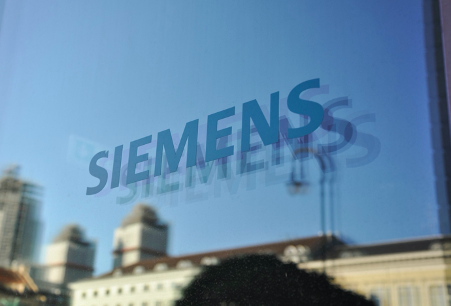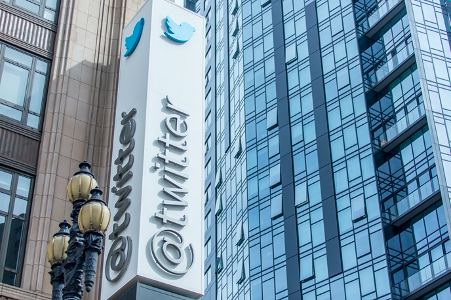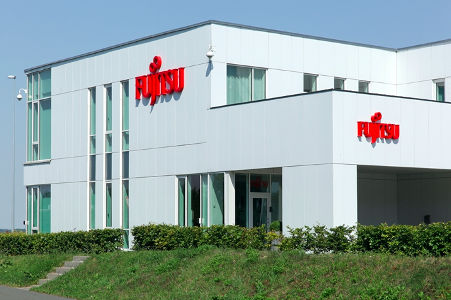Working from Home to Become the New Normal

While many employees are looking forward to a return to normalcy, working in the office on a full-time basis may remain a thing of the past. The pandemic has forced more companies than ever to adopt remote working measures, but despite this, most companies are not witnessing any reduction in productivity . In fact, many companies are leveraging remote working through saved costs on rent and utilities, cleaning services, food and taxes.
Furthermore, a survey carried out in June revealed that an overwhelming 80% of respondents want a change from working in the office five days a week, with the highest preference wishing to work two to three days at home. Therefore companies seeking to attract and retain top tier talent can no longer avoid offering flexibility as a benefit.
Working from home is not only favoured by many employers and employees, but can also serve to reduce traffic congestion, pollution and perhaps even the cost of living in cities, as the pressure on the housing and rent markets decrease. LinkedIn has reported a 2.8x increase in remote job postings since March 2020, and while some report this a temporary measure, others have begun creating more permanent remote roles, since they have been so successful on a temporary basis.
Below are five leading companies that are making a permanent transition to remote working through a hybrid model of work, whereby only some days are spent in the office. These multinational companies are setting impressive examples for the future of work, which may cause us to reconsider our understanding normalcy in the post-pandemic working world, and may be one of the most appreciated trends from an otherwise cataclysmic global setback.
1. Siemens

German-based Siemens, the largest manufacturing company in Europe, which employs 600 employees in Ireland, has recently announced that its employees can “work from anywhere” for two to three days per week. This decision comes after a global survey of its employees across various locations and will be accompanied by a transformation in leadership style, whereby the focus is on outcomes rather than time spent in the office. Jochen Wallisch, Head of Industrial Relations and Employment Conditions at Siemens, stated that:
“The New Normal Working Model fits seamlessly into our concept for the future of work. We’re using this model to pursue the goal of developing new ways of working together on a mobile, digital basis. The new normal will also strengthen our ability to recruit and retain the best talent for Siemens and to increase diversity on our teams.”
2. Twitter

San Francisco-based Twitter, which employs around 170 employees in its EMEA Headquarters in Dublin, was not only one of the first large tech companies to allow its employees to work remotely at the start of the pandemic, but was also one of the first to announce that its employees will be able to work from home “forever”. Twitter’s vice-president of people, Jennifer Christie, stated in May that:
“With very few exceptions, offices won’t open before September. When we do decide to open offices, it also won’t be a snap back to the way it was before. It will be careful, intentional, office by office and gradual.”
3. Barclays

London-based Barclays, which employs over 200 people in Dublin’s central business district, is looking to expand its remote work plan, as its employees have proven to be fully capable of maintaining a bank with a £1.4bn balance sheet from the comfort of their homes! The company is considering de-centralising its leadership and turning its local branches into satellite offices for more employees. Jes Staley, the Chief Executive of Barclays, has stated:
“I think the notion of putting 7,000 people in a building may be a thing of the past, and we will find ways to operate with more distancing over a much longer period of time.”
4. Mondelez

US based food giant Mondelez International has been rethinking its approach to work and is considering a more permanent shift to remote working. The company, with multiple sites in Ireland, is not only successfully continuing its normal operations, but is also experiencing a significant growth in sales during the pandemic. It has realised that it does not need all its offices to function at full capacity, which would also enable the company to cut down on costs as it prepares for a prolonged economic slump globally. CEO Dirk Van De Put stated:
“Maybe we don’t need all the offices that we currently have around the world. So there is a major effort going, taking place as it relates to the costs in the business.”
5. Fujitsu

Through its “Work Life Shift” campaign, Japanese technology giant Fujitsu, which also has offices in Swords, announced that it will close 50% of its offices in Japan by 2022, allowing its 80,000 employees to work remotely permanently. The programme is composed of three fundamental principles - smart working, a borderless office and culture change. It has plans to set up hub offices in different parts of the country, each of which will have a defined main function, meaning that employees will not be assigned to a fixed desk, but rather have the freedom to work from anywhere. Company culture will have to be transformed with emphasise on an effective management style to reflect the new way of working, and improved communication through the use of new technology. The company anticipates that this approach will:
“...not only improve productivity but also mark a fundamental shift away from the rigid, traditional concept of commuting leading to enhanced work-life balance.”

While most people are certainly hoping to go back to the office soon, some permanent remote working conditions may become the new normal. For many of us, working from home is highly welcome and perhaps even long-awaited. We hope you have found ways to embrace the benefits of reduced business costs, improved work-life balance and less time commuting that come with an increased adoption of remote working measures. But most importantly, we hope you also remember to disconnect from your work on time and keep your physical and mental health at the forefront as we adjust to this new reality.
If you’re open to new remote work opportunities, please check out the jobs we have available. New jobs are posted daily and you may find the perfect position for someone with your interests and lifestyle.